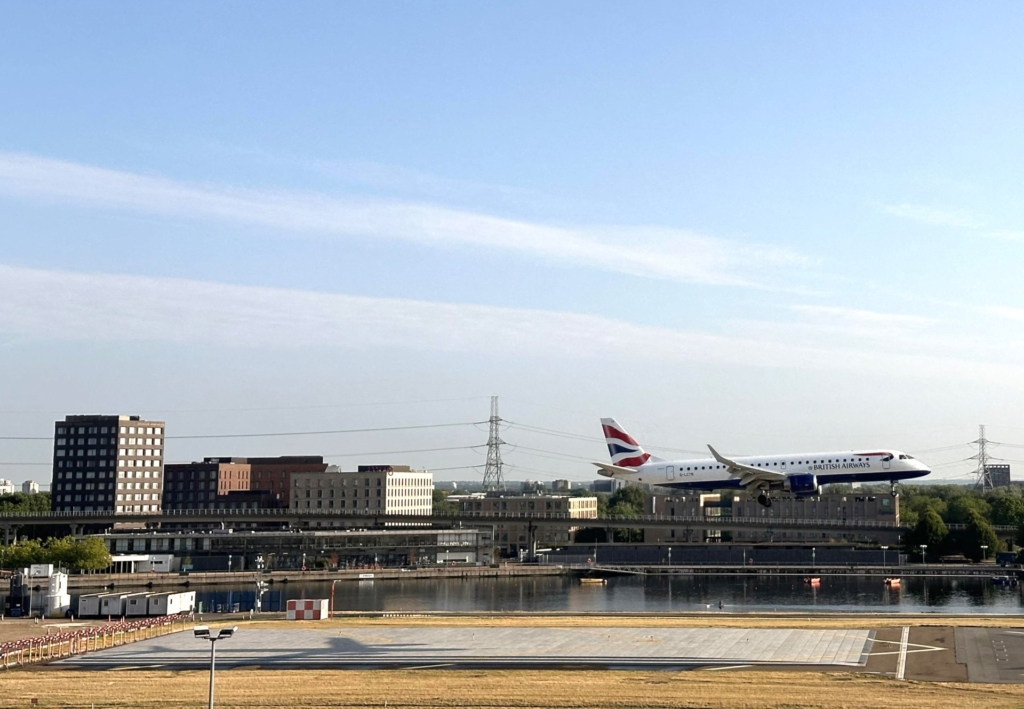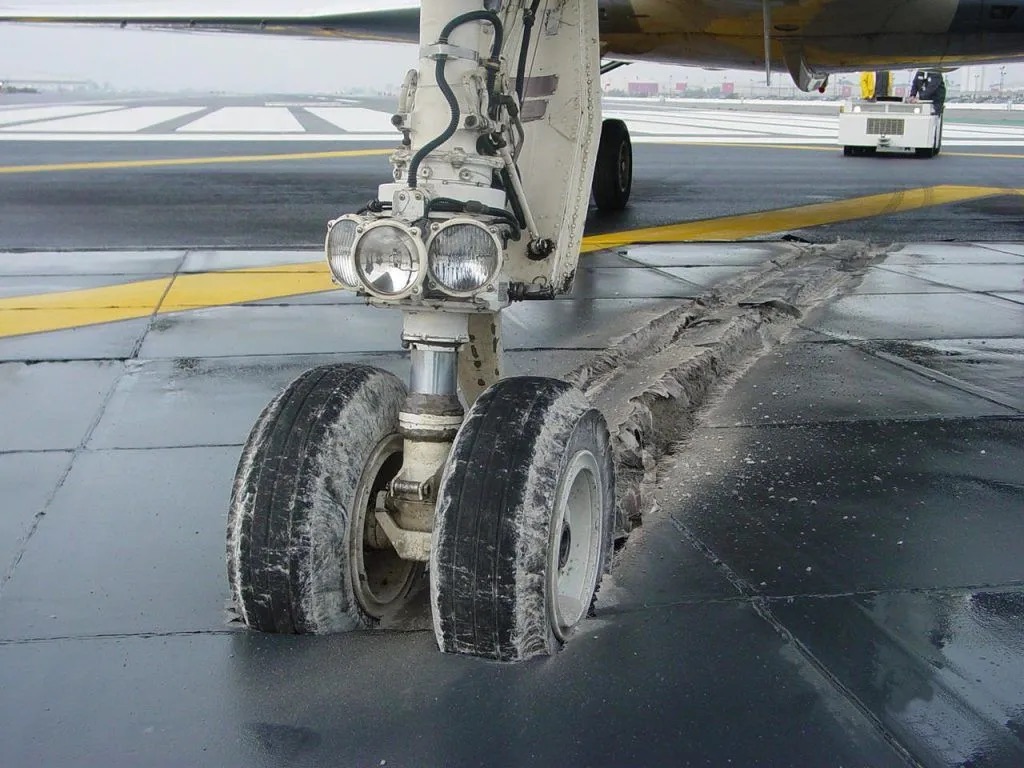Overrunning runways can have devastating consequences, as wet or contaminated runways, tailwinds or mechanical problems pose major challenges for crews. EMAS, the Engineered Materials Arrestor System, may be unassuming, but it has become one of aviation's most reliable last lines of defense.
What exactly is EMAS?
At first glance, an EMAS bed may look like a simple piece of concrete blocks. But it is specifically designed to collapse under the weight of an aircraft and use its momentum to bring it safely to a stop within meters.
Beneath the concrete blocks of an EMAS bed is typically a layer of engineered aggregate or base material that provides structural support and ensures that the blocks collapse predictably if struck by an aircraft.
First installed at JFK in New York in 1996, EMAS is particularly valuable for airports constrained by water, terrain or urban development, such as; B. Zurich, PhiladelphiaBoston Logan, RAF Northolt and London City, where runway safety areas cannot be extended.

Proven to save lives
Runway Safe Group, headquartered in Sweden, is a leading manufacturer of EMAS. It is also the only manufacturer to meet FAA standards and credits the technology with saving at least 27 aircraft and thousands of lives around the world.
A notable example of EMAS in practice occurred on October 31, 2016, when a EVA air A Boeing 747-400 cargo plane overran the wet runway Chicago O'Hare. The plane ended up hitting the EMAS bed, which collapsed under its weight, bringing the 400-ton jet to a stop within seconds. The entire crew escaped uninjured and the aircraft sustained only minor damage. Without EMAS, investigators said, it likely would have breached the perimeter fence and landed on a nearby road, turning a routine transgression into a major disaster.
The company now offers EMAS solutions worldwide with over 130 installations to date and offers both the traditional concrete-based and traditional solutions NOT MAX® and the greenEMAS® system that uses recycled glass foam for sustainable energy absorption.
Three savings in one month – and two in one day
In September 2025 alone, EMAS installations saved three aircraft in the United States, with two events occurring on September 3rd. A Challenger 300 business jet overran the runway at Boca Raton Public Airport and was stopped on a busy street, and a Gulfstream G150 business jet overran at Chicago Executive Airport. This was the third time a plane had been rescued at the airport. Then on September 24, an Embraer 145 ran into EMAS in Roanoke, rescuing 53 passengers and crew.
Why are airports adopting EMAS?
For airport operators, the appeal is obvious. With EMAS they can meet international safety standards where traditional 300 meter safety zones on runways are simply not feasible. This is particularly valuable for older or space-constrained airports where every meter counts.
The financial arguments are also convincing. For airlines and airports, EMAS provides peace of mind as it reduces and continually increases the risk of hull loss Insurance costs.
Installation costs are typically between £3m and £7m – a significant investment, but small compared to the potential losses of a single runway run. Once installed, maintenance is straightforward: regular inspections and of course replacement after an incident.
An EMAS also enables airports to reopen much more quickly after an overflow, as the aircraft can be pulled out of the facility by the landing gear. If a plane were to cross the runway instead, it would likely require expensive and time-consuming specialized lifting and removal equipment.

What are the practical considerations for EMAS?
EMAS is not a one-size-fits-all solution. Each system must be adapted to the specific airport and the types of aircraft it handles. Designers must consider weight, speed and climatic conditions to ensure the arrester performs as expected.
The operational side must also be taken into account. Once an EMAS bed has been used, it must be rebuilt – a process that can be relatively quick depending on the extent of the damage. Airports must have contingency plans in place to manage runway operations during this period.
The future of EMAS
As The number of passengers is increasing As airport space remains unchanged, EMAS is becoming an increasingly attractive option. Research is also currently exploring lighter, modular materials to make the system more adaptable to smaller or regional airports.
In addition, education is crucial: pilots must know exactly which airports EMAS is installed. Regular TrainingUpdated written documentation and clear airport instructions are essential to ensure crews fully understand their presence, use and purpose as a safety net.
EMAS is easy to miss – after all, most passengers will never notice the gray blocks behind the end of the runway. But in an emergency, they can make the difference between a narrow emergency and a catastrophe.
Featured Image: Runway Safe
Sign up for our newsletter and get our latest content in your inbox.
